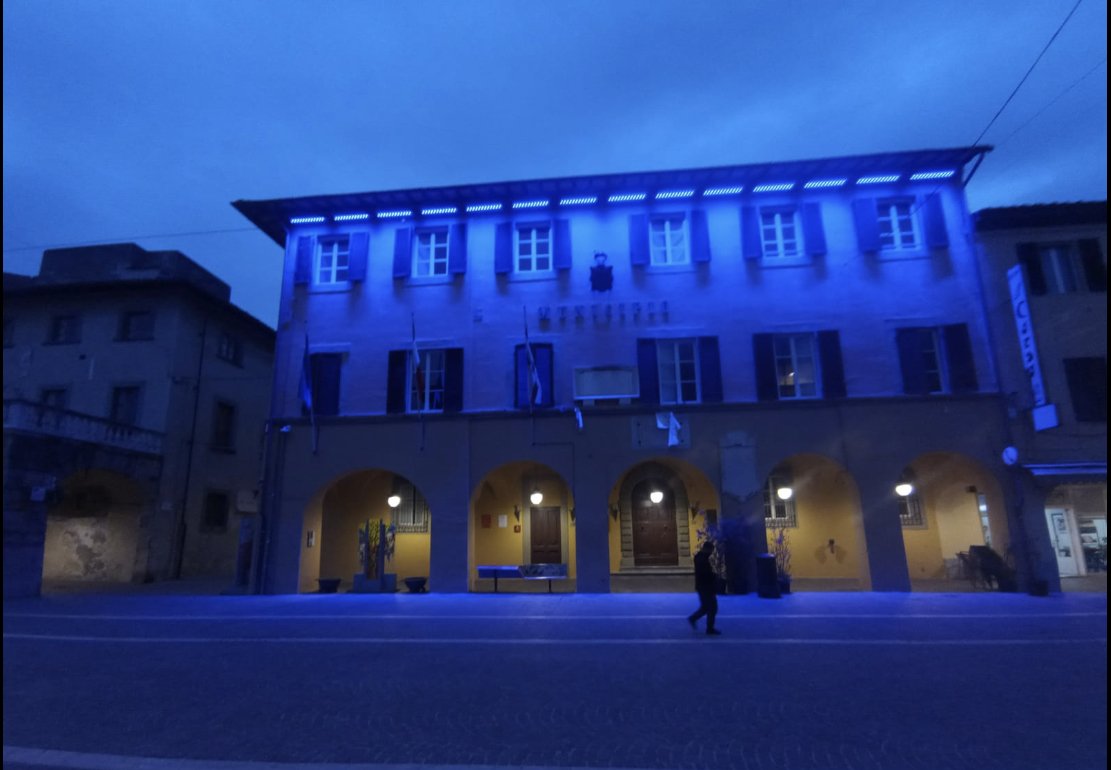On World Parkinson’s Day 2024, PD Avengers and partners lit up hundreds of buildings, bridges and iconic landmarks blue.
Why Blue?
(Scroll Down)
Why Blue?
Lighting up buildings and landmarks in blue for Parkinson's awareness carries a deep symbolism that resonates with the Parkinson's community and its mission.
Here are a few reasons why blue is chosen and what it represents:
Global Unity: The color blue is often associated with harmony, trust, and unity. By lighting up prominent structures in blue, it symbolizes a global coming together to support and raise awareness for Parkinson's disease. It conveys a message of solidarity among individuals, organizations, and communities worldwide in the fight against Parkinson's.
Hope and Optimism: Blue is also a color that represents hope and optimism. For those living with Parkinson's disease, as well as their families and caregivers, the act of illuminating landmarks in blue signifies a beacon of hope for better treatments, increased understanding, and ultimately a cure for Parkinson's.
Visibility and Awareness: Blue is a striking color that attracts attention. By bathing iconic buildings and landmarks in blue light, it draws public awareness to Parkinson's disease and helps spark conversations about the challenges faced by those living with the condition. This visibility is crucial in educating the public and reducing stigma around Parkinson's.
Recognition and Respect: When significant landmarks are bathed in blue light for Parkinson's awareness, it sends a powerful message of recognition and respect to the Parkinson's community. It acknowledges the strength and resilience of individuals living with Parkinson's, as well as the efforts of researchers, healthcare professionals, and advocates working tirelessly to improve quality of life and find a cure.
In essence, lighting up buildings and landmarks in blue for Parkinson's awareness is a symbolic gesture that speaks volumes. It signifies unity, hope, visibility, and recognition, all of which are crucial in advancing awareness and support for Parkinson's disease.













